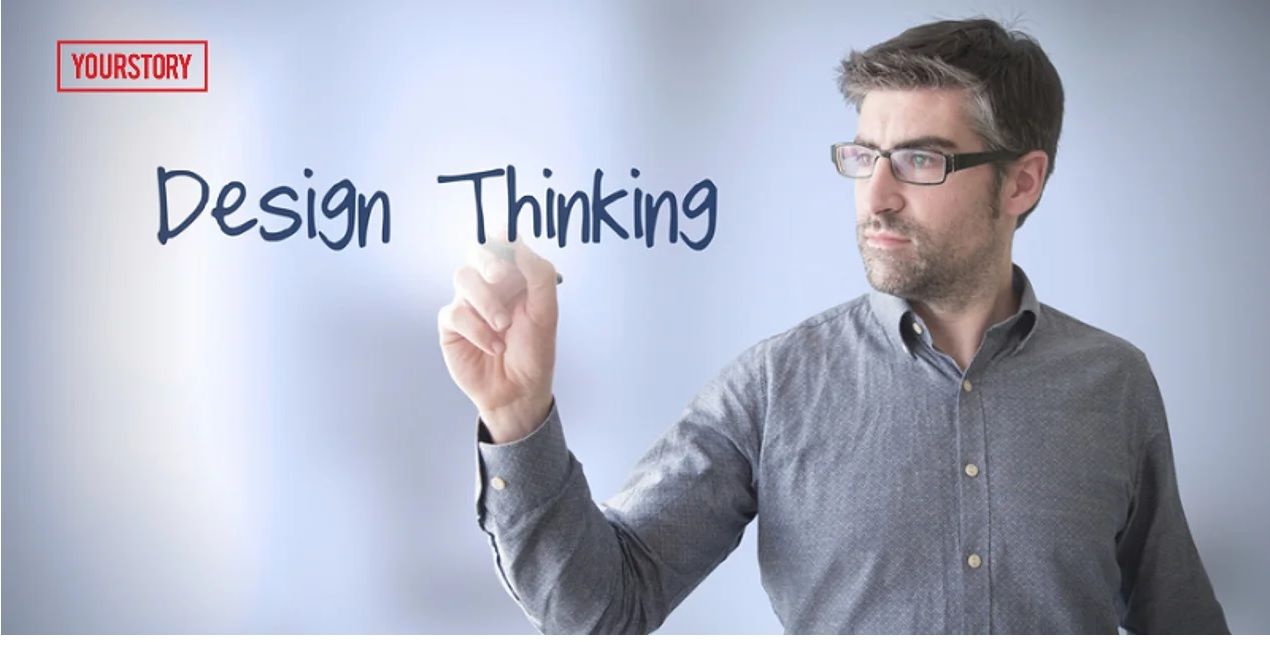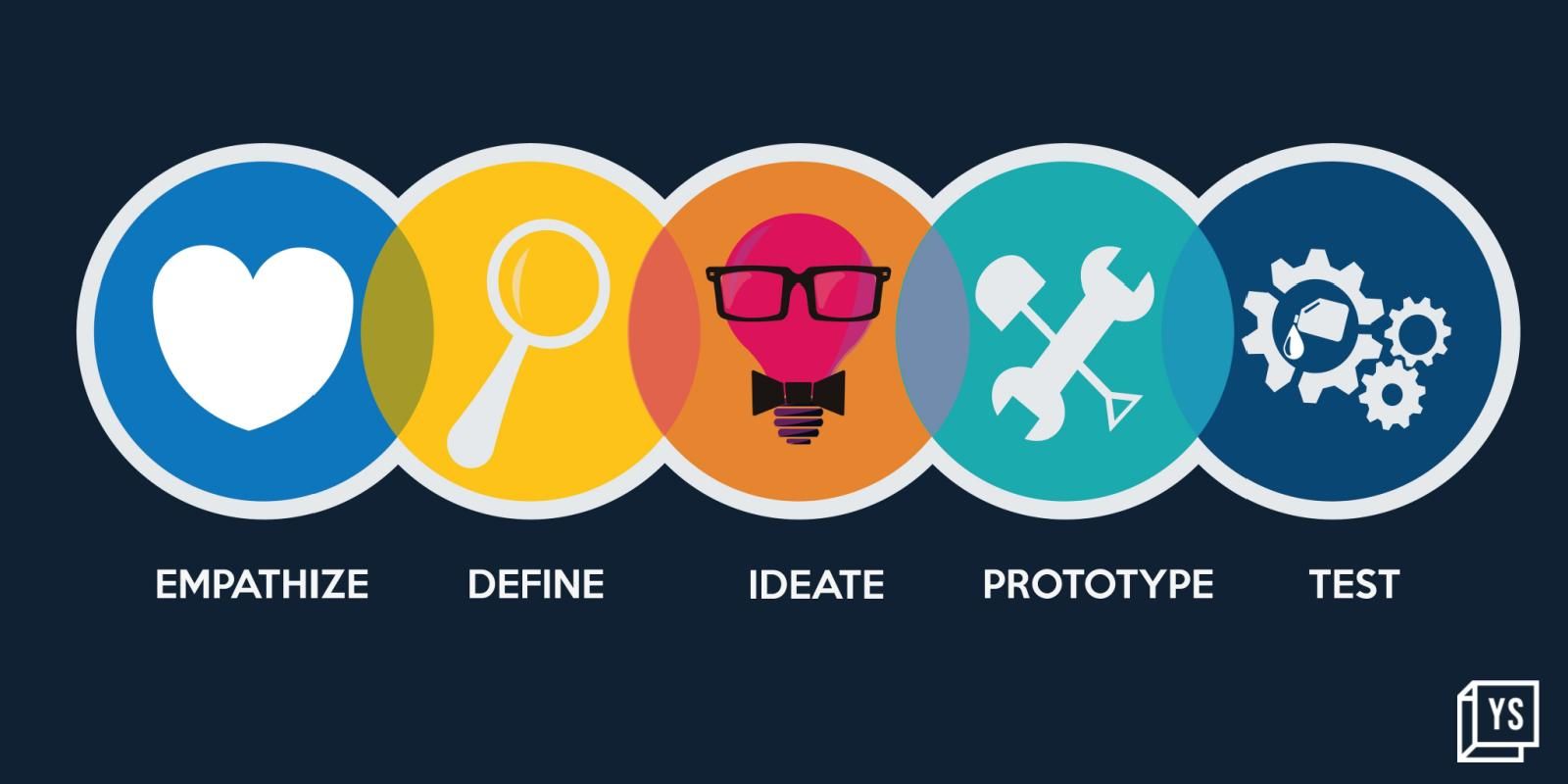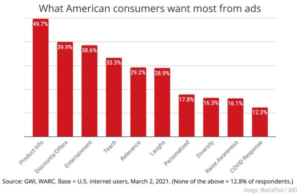
In the present world of rapid technological advancements, and shifting consumer preferences, traditional approaches to innovation and design have often fallen short. And here’s where design thinking comes to the rescue.
It is a dynamic human-centred methodology that has gained significance across industries as a powerful tool for driving innovation, enhancing user experiences, and tackling intricate challenges. In this article, we will delve into the core concepts, stages, benefits, and real-world applications of design thinking.
What is design thinking?
Design thinking is an empathetic problem-solving approach that places people at the centre of the design process. It aims to understand and address the needs, desires, and behaviours of users to create innovative solutions. It originated from the design and innovation firm IDEO in the 1990s.
Since then it has evolved into a holistic framework embraced by diverse fields like product design, business strategy, healthcare, education, and more. Its core revolves around empathy, understanding, and collaboration. With an aim to gain a deep insight into the needs, desires, and pain points of the end-users, to create solutions that truly resonate with them.
The stages of design thinking
Design thinking consists of a series of interconnected stages. Even though there are variations to these stages, the core stages often include:
Empathise
Design thinking starts with empathizing with the end-users. This stage includes conducting research, interviews, and observations to deeply understand the users’ needs, motivations, and pain points.
Define
Based on the insights gained from the empathy stage, designers define the core problem or challenge they seek to address. This step involves synthesizing the collected information and framing the problem in a way that guides the subsequent stages.
Ideate
In this stage, creative brainstorming takes centre stage. Designers generate a wide range of ideas, encouraging out-of-the-box thinking. The goal is to explore diverse solutions without dismissing future possibilities in the early stage.
Prototype
Ideas are transformed into tangible prototypes or representations of potential solutions. These prototypes can be low-fidelity sketches, physical models, or digital simulations. Prototyping allows designers to test and gather feedback on yet abstract concepts.
Test
Prototypes are evaluated and tested with end-users to gather feedback and refine the solutions. This testing process helps designers unveil potential flaws, validate assumptions, and make necessary adjustments.
Implement
Once all the above stages are successfully done, the implementation phase begins. This may involve refining the design, developing a business model, and planning for a successful launch.

Benefits of design thinking
User-centred solutions
By prioritising empathy and understanding, design thinking leads to solutions that genuinely resonate with users, enhancing user satisfaction and loyalty.
Innovation
The nature of design thinking is such that encourages exploration and experimentation, which foster innovative ideas.
Collaboration
Design thinking emphasises cross-disciplinary collaboration, enabling diverse teams to leverage their unique perspectives and expertise to solve complex problems.
Risk mitigation
Through processes like prototyping and testing, design thinking reduces the risk of investing time and resources into solutions that may not meet user needs.
Flexible problem-solving
Design thinking’s adaptable framework can be applied to a wide range of challenges, from product design to organizational processes.
Real-world applications
Design thinking has left a lasting impact on numerous industries and sectors:
Technology
Tech companies employ design thinking to create user-friendly interfaces, streamline user experiences, and develop innovative digital solutions.
Healthcare
From improving patient experiences in hospitals to designing medical devices, design thinking enhances healthcare delivery and patient outcomes.
Education
Educators utilise design thinking to develop engaging and effective learning experiences, both in-person and online.
Business strategy
Design thinking allows strategic decision-making, helping businesses identify new market opportunities and redefine their value propositions.
Social innovation
Nonprofits and social enterprises leverage design thinking to address pressing societal issues such as poverty, education inequality, and environmental sustainability.










